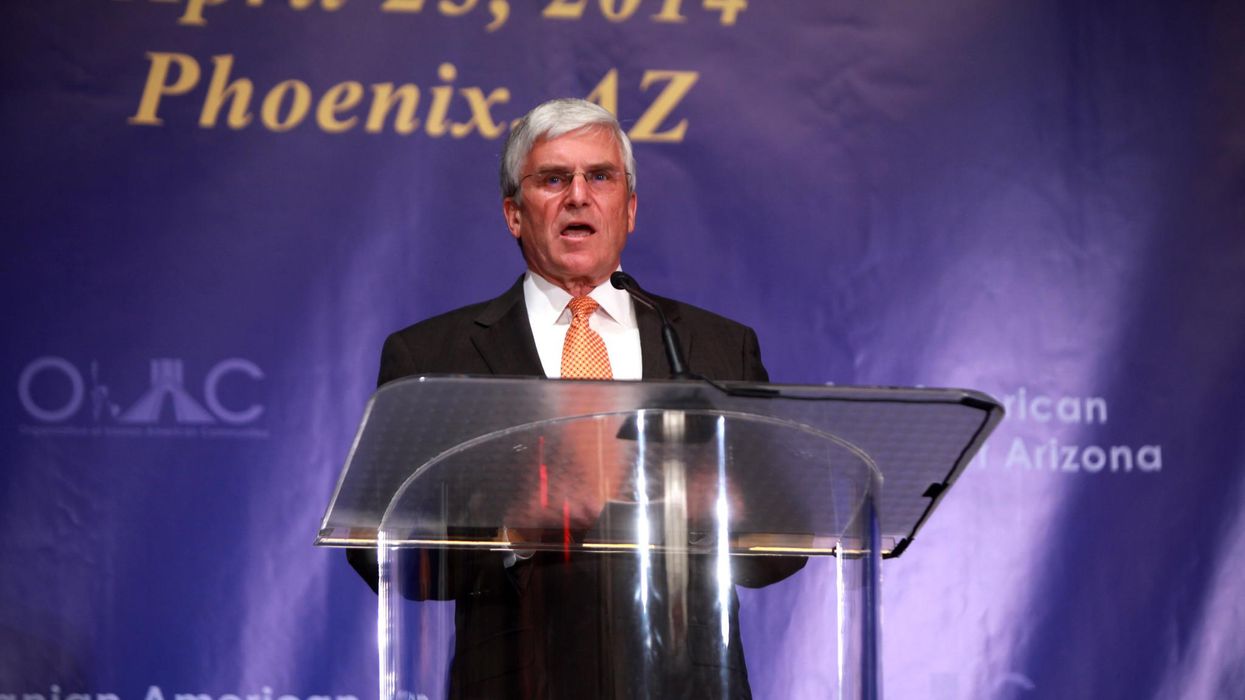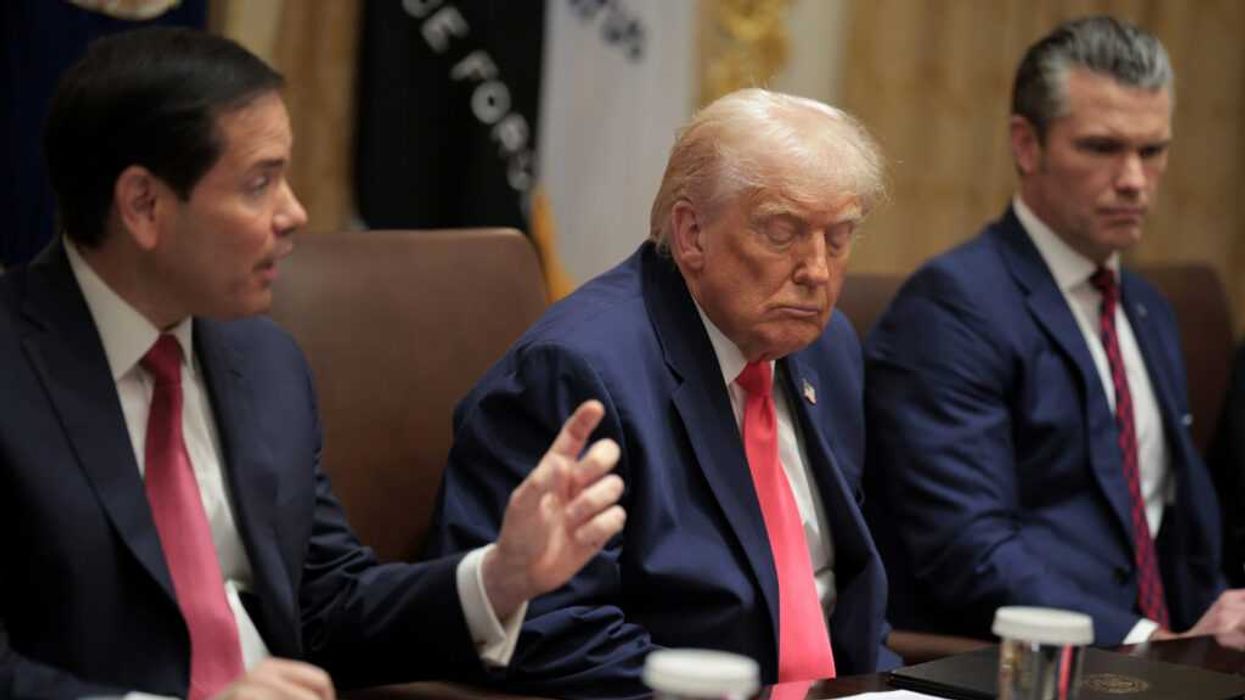A coalition of military veterans and families announced a new effort Tuesday to bolster the ranks of election workers by recruiting within the military community
Vet the Vote, a project of We the Veterans, aims to enlist 100,000 veterans and military family members to be poll workers during the 2022 election, and to help sustain future elections as well.
“We see this as a new norm for veterans and military families members,” said Ellen Gustafson, co-executive director of Vet the Vote. “We don't envision that 2022 is going to be the one time that we call 100,000 military veterans and military film members to do this job.”
Veterans are “deeply committed to democracy,” said Anil Nathan, a second co-executive director. “The challenges are solvable. … Military families can lead.”
According to data collected by Vet the Votes, about 130,000 election workers have quit during the past three midterm cycles and two-thirds of election officials have said they struggle to recruit enough people to staff voting locations.
“Our intention as an organization, We the Veterans, was to find an opportunity for veterans and military family members to volunteer for democracy,” said another of the co-executive directors, Ellen Gustafson, who referenced the seemingly small but important tasks that come with working a polling location.
“All of those incredibly important jobs need to be done by citizens and what better group of citizens than veterans and military family members who've already proven their commitment to stand up and protect our democracy,” she said.
While Vet the Votes wants to support elections nationwide through its nearly two dozen coalition partners, the organization recognizes that some states are more in need than others. The campaign is particularly focused on recruiting poll workers in Arizona, Georgia, Michigan, Nevada, Ohio and Wisconsin.
“What we are hoping is that by partly doing a national push we can engage as many veterans as possible, but that, if we do need to get more local .. in areas where really the need is exceptionally great we hope that, through these incredible partner organizations, we can target some of those communities,” Gustafson said.
Retired Gen. George Casey, who in addition to serving as Army chief of staff also supported elections in Bosnia, Kosovo and Iraq, is helping launch the effort.
Casey said he got involved in Vet the Vote after he had already signed up to be a poll worker in Arlington, Va.
“Even though that might seem like it's a small thing, confidence in our election process is fundamental to sustaining any democracy,” he said. “And it struck me that, by getting involved, I might just be able to do something to help restore a level of confidence to our electoral system.”
One of the factors driving experienced poll workers away has been a rise in threats made against them since the 2020 election, when Donald Trump and many of his backers claimed, without evidence, that the election had been stolen from him. Many still do not feel safe.
The organizers of Vet the Vote believe they can help alleviate this problem.
“What a perfect call to action for our veteran community, people who are trained at remaining calm under pressure, are trained at actually diffusing complex situations, are trained because of what they do as military members to put country over party and make sure that everyone is mission focused and not getting distracted by by any kind specific small sets,” Gustafson said. “I think that's that really is part of why we think this is a perfect community to step into this opportunity and and again to do this going forward, not just for these 2022 midterms but really going forward.”
Organizers stressed that this is a nonpartisan campaign, regardless of the political beliefs of members of the military community.
For us this is 100 percent purely a pro-democracy effort that has zero connection or affiliation to any level of partisanship,” said Nathan.
Coalition partners include Iraq and Afghanistan Veterans of America, the NFL, Civic Alliance, the National Military Family Association and the Military Officers Association of America.
“We believe that the threat to democracy is real and we're proud to be a part of this initiative in order to strengthen the legitimacy of our elections and ensure that Americans get involved in the electoral process,” said Janessa Goldbeck, CEO of coalition partner VetVoice Foundation.




















